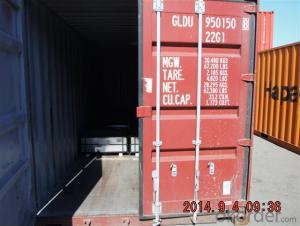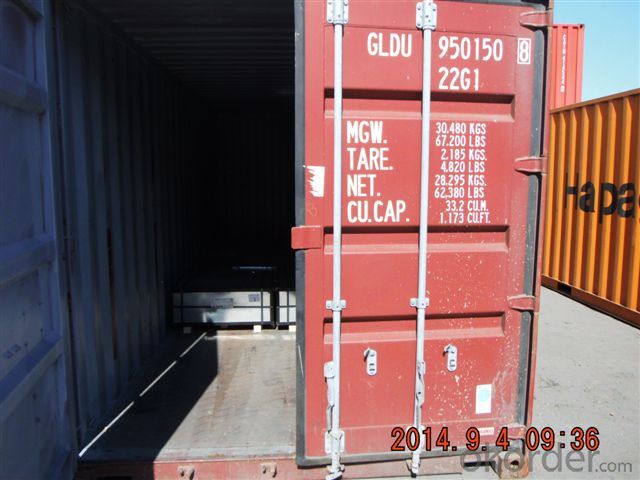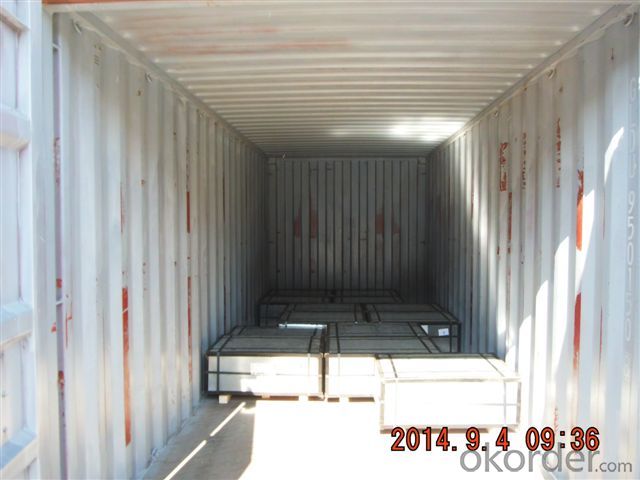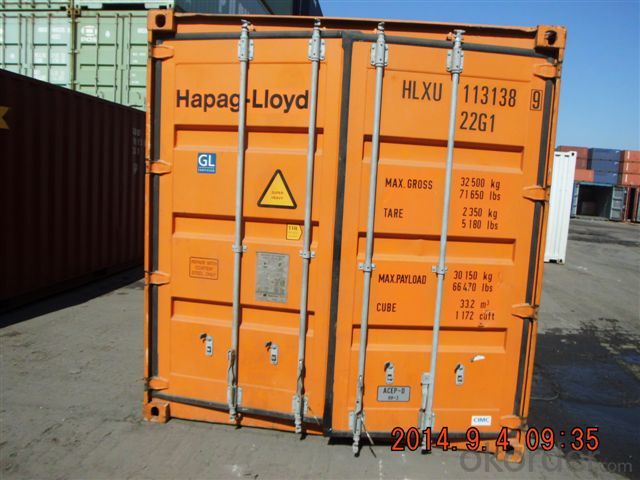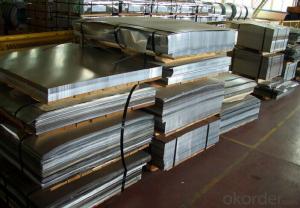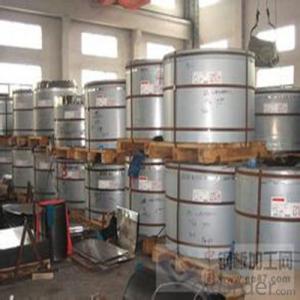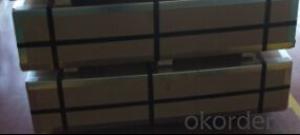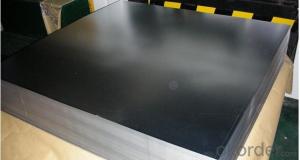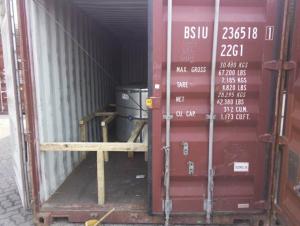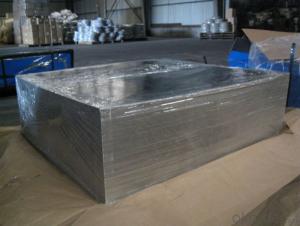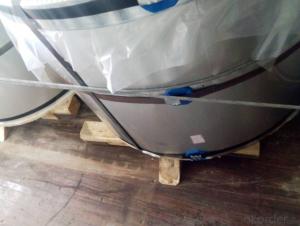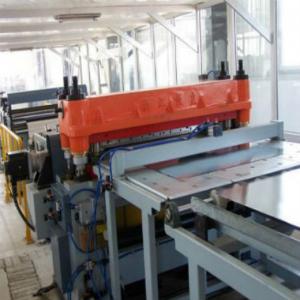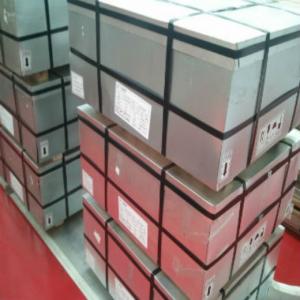ETP in MR/ SPCC Grade for Making Aerosol Cans
- Loading Port:
- China main port
- Payment Terms:
- TT OR LC
- Min Order Qty:
- 25 m.t.
- Supply Capability:
- 30000 m.t./month
OKorder Service Pledge
OKorder Financial Service
You Might Also Like
1. Products: Tinplate
Tinplate and TFS are widely used for making all types of containers such as artistic cans, tea cans, painting cans, chemical package cans and metal printing etc. Its applications are not limited to containers; recently, they have also been used for making electrical machinery parts and many other products.
2. Specification:
Our goods enjoyed high quality both at home and abroad. We can supply tin free steel as follows:
Technical standard | JISG3303 and GB/T 2520-2008 |
Steel Type | MR / SPCC |
Thickness | From 0.15mm to 0.50mm (Tolerance +/- 0.01mm) |
Width | Normally 600-1050mm (Tolerance +3/-0 mm) |
Coating | 2.8/2.8g/m2 , 2.8/5.6g/m2 ,1.1/1.1 g/m2 |
Temper & Annealing | T1-T5, DR7-8, TS230-TH435, T49-T65(+/- 4) |
Surface Treatment | Bright & Fine Stone & Stone & Silver & Matt |
Payment terms | Letter of Credit (L/C), Telegraphic transfer (T/T) |
Price terms | CFR & CIF price term |
Delivery time | Within 60 days after received L/C or T/T down payment |
Packing | High quality shipping packing which contains thin plastic film, rust-proof paper, metal cover, metal angles and strap sand pallet. |
Minimum order Quantity(MOQ) | 25 metric tons (1X 20'' container) |
3. Pictures:
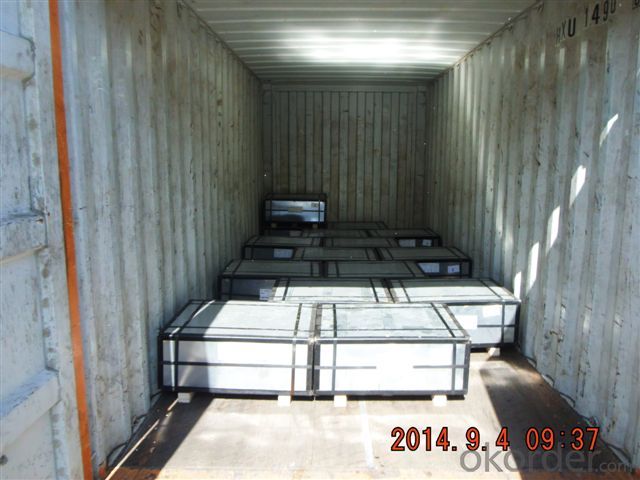
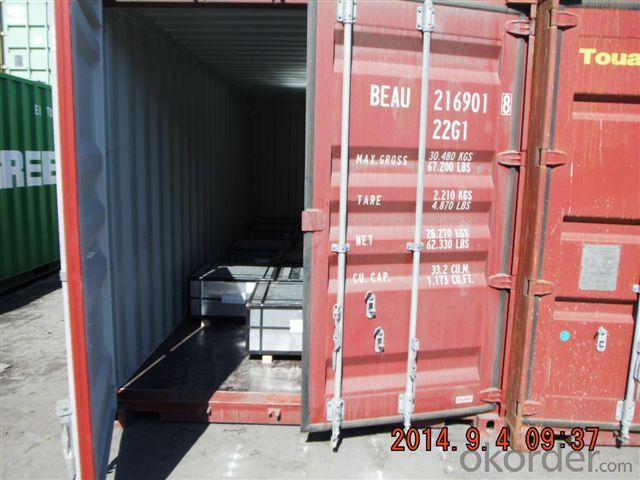
4. Features of the factory price/ tin free steel/tinplate/tfs/tmbp/etp/spte:
Beautiful Appearance
Excellent Paintability & Printability
Excellent Formability & Strength
Excellent Corrosion Resistance
Excellent Solderability & Weldability
5. FAQ:
We are one of the main producers in China for tinplate, tin free steel and also TMBP. At present, our productivity is more than 450000 MT/year.
For more information about our products or company, pls contact us freely.
Welcome your enquiries and orders.
- Q: How is tinplate coated for electrical enclosures?
- Tinplate is coated for electrical enclosures through a process called electroplating, where a layer of tin is applied onto a steel sheet. This is achieved by immersing the steel sheet into an electrolyte solution along with a tin anode, and passing an electric current through the solution. The electric current causes the tin ions in the solution to be attracted to the steel sheet, resulting in a thin and uniform tin coating on its surface. This tin coating provides electrical conductivity and corrosion resistance, making the tinplate suitable for use in electrical enclosures.
- Q: What are the main factors influencing the price of tinplate?
- There are several main factors that influence the price of tinplate. Firstly, the cost of raw materials such as tin and steel, which can fluctuate based on supply and demand dynamics, can have a significant impact on tinplate prices. Additionally, changes in labor costs, energy prices, and transportation expenses can also affect the overall price of tinplate. Furthermore, market conditions, including global economic trends, geopolitical factors, and trade policies, can influence the demand and pricing of tinplate. Lastly, technological advancements and innovations in tinplate manufacturing processes can impact production costs and subsequently affect the price of tinplate.
- Q: What are the main countries producing tinplate?
- The main countries producing tinplate are China, Japan, South Korea, and the United States.
- Q: How to quickly distinguish tinplate and ordinary substrate iron?
- Tinplate is tin coil, measurement of tin content?. The base plate is a plain hard rolled coil, which is relatively hard without annealing.
- Q: What are the advantages of using tinplate for electrical enclosures?
- There are several advantages of using tinplate for electrical enclosures. Firstly, tinplate offers excellent corrosion resistance, ensuring the durability and longevity of the enclosure even in harsh environments. Secondly, tinplate has high strength and rigidity, providing robust protection for the electrical components inside. Additionally, tinplate is a cost-effective option compared to other materials, making it a popular choice for mass production. Lastly, its malleability allows for complex shapes and designs, providing flexibility in enclosure manufacturing.
- Q: What are the main components of tinplate?
- The main components of tinplate are steel and a thin layer of tin coating.
- Q: What are the main challenges in recycling tinplate?
- One of the main challenges in recycling tinplate is the separation of tin from steel. Tinplate is a combination of steel coated with a thin layer of tin, which provides corrosion resistance. However, separating these two materials during the recycling process can be costly and technically complex. Additionally, tinplate often contains various contaminants, such as paints, coatings, and labels, which need to be removed before recycling. Ensuring the proper collection and sorting of tinplate waste is another significant challenge as it requires educating the public about the importance of recycling and providing convenient recycling infrastructure.
- Q: How does tinplate perform in terms of recyclability?
- Tinplate is highly recyclable and has one of the highest recycling rates among packaging materials. It can be easily separated from other materials during the recycling process and reused to create new products, making it an environmentally friendly choice.
- Q: What are the different methods of storing tinplate packaging?
- There are several different methods of storing tinplate packaging, including stacking, shelving, hanging, palletizing, or using storage racks. The choice of method depends on factors such as the quantity of packaging, available space, ease of access, and the specific requirements of the products being stored.
- Q: What are the different types of tinplate coatings available?
- There are several types of tinplate coatings available, including electrolytic tinplate (ETP), tin-free steel (TFS), and black plate. ETP is the most commonly used and consists of a thin layer of tin on both sides of the steel substrate. TFS, on the other hand, does not have a tin coating but is instead coated with a layer of chromium or chromium oxide. Black plate refers to steel that has not been coated with any protective layer and is typically used for industrial applications.
Send your message to us
ETP in MR/ SPCC Grade for Making Aerosol Cans
- Loading Port:
- China main port
- Payment Terms:
- TT OR LC
- Min Order Qty:
- 25 m.t.
- Supply Capability:
- 30000 m.t./month
OKorder Service Pledge
OKorder Financial Service
Similar products
Hot products
Hot Searches
Related keywords
